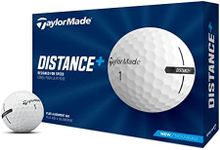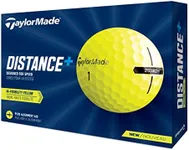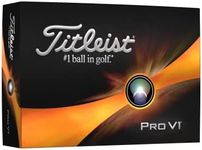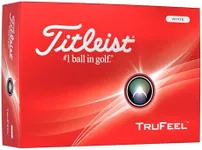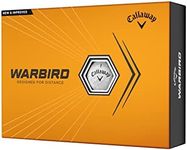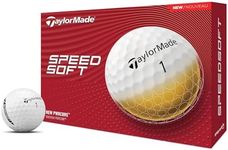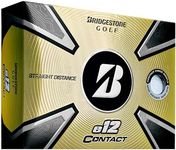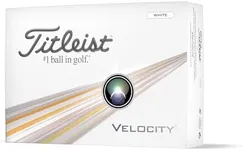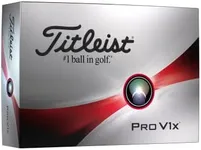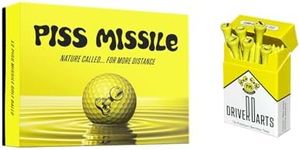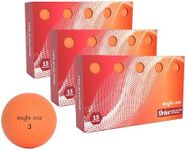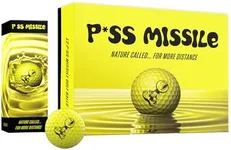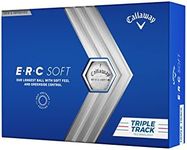Buying Guide for the Best Distance Golf Balls
Choosing the right golf ball can significantly impact your game, especially when it comes to distance. The right ball can help you achieve longer drives, better control, and overall improved performance. When selecting a distance golf ball, it's important to consider several key specifications that can influence how the ball behaves during play. Understanding these specs will help you make an informed decision and find the best fit for your playing style and needs.CompressionCompression refers to how much the golf ball deforms under impact. It is important because it affects the feel and distance of the ball. Low compression balls (below 70) are softer and compress more easily, making them ideal for players with slower swing speeds as they can achieve greater distance. Medium compression balls (70-90) offer a balance of distance and control, suitable for average swing speeds. High compression balls (above 90) are firmer and are best for players with faster swing speeds, providing more control and less spin. To pick the right compression, consider your swing speed: slower swings benefit from lower compression, while faster swings should opt for higher compression.
Cover MaterialThe cover material of a golf ball affects its durability, feel, and spin. There are two main types: Surlyn and Urethane. Surlyn covers are more durable and provide less spin, making them ideal for distance and beginners who may not have consistent control. Urethane covers offer more spin and a softer feel, which can help with control and short game performance, but they are less durable. If you prioritize distance and durability, go for Surlyn. If you want more control and are willing to sacrifice some durability, Urethane might be the better choice.
Dimple PatternThe dimple pattern on a golf ball affects its aerodynamics, influencing how it flies through the air. This is important for achieving maximum distance and stability. Balls with more dimples (typically 300-500) tend to have a more stable flight and can help reduce drag, leading to longer distances. However, the exact pattern and depth of the dimples also play a role. For most players, a standard dimple pattern will suffice, but if you are looking for specific flight characteristics, you might want to experiment with different patterns. Choose a ball with a dimple pattern that complements your playing style and desired ball flight.
Spin RateSpin rate refers to how much the ball spins when hit. It is crucial because it affects both distance and control. Low spin balls reduce side spin, which can help minimize slices and hooks, making them ideal for achieving maximum distance and straighter shots. Medium spin balls offer a balance between distance and control, suitable for players who want versatility. High spin balls provide more control and stopping power on the greens but can reduce distance. To choose the right spin rate, consider your playing style: if you struggle with control and want more distance, opt for low spin. If you need more control around the greens, a higher spin rate might be beneficial.
ConstructionGolf balls come in different constructions, such as two-piece, three-piece, and multi-layer. This affects the ball's performance in terms of distance, feel, and control. Two-piece balls are designed for maximum distance and durability, making them ideal for beginners and those who prioritize distance. Three-piece balls offer a balance of distance, feel, and control, suitable for intermediate players. Multi-layer balls provide the best performance in terms of control and feel but may sacrifice some distance, making them ideal for advanced players. Choose the construction based on your skill level and what aspects of performance you prioritize.
